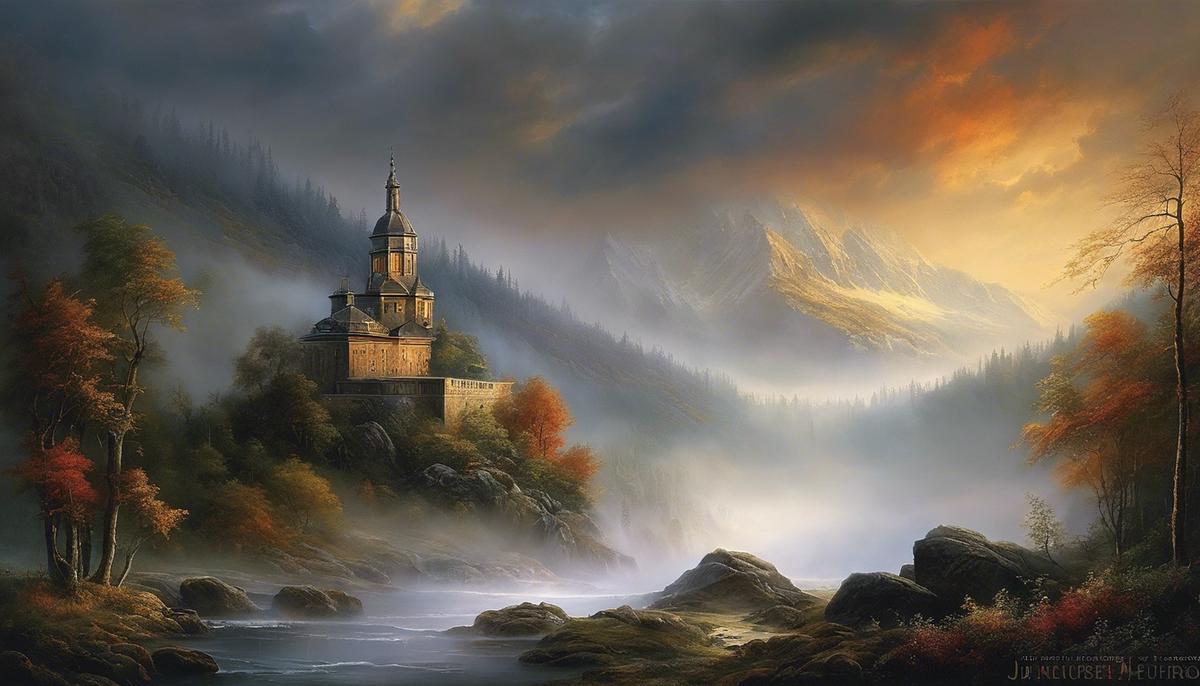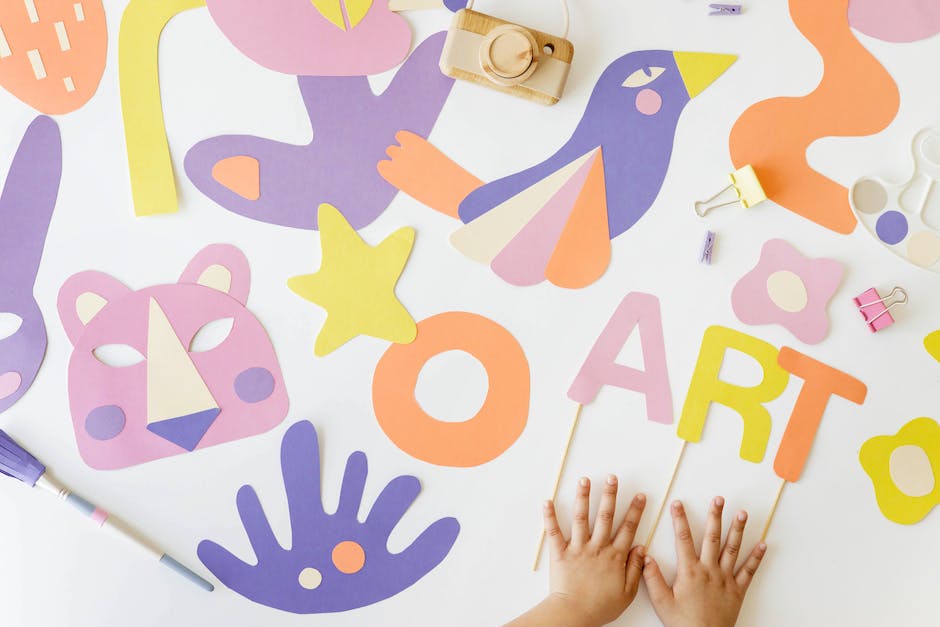In the lineage of artistic creation, lost masterpieces hold a peculiar allure, shrouded in both history and mystery alike. They stand as silent witnesses to the labyrinthine pathways of art’s evolution, offering a tantalising glimpse into the uncharted territories of cultural heritage. The absence of these works creates palpable voids in our chronological tapestry, which result in the re-evaluation of an artist’s complete body of work and the texture of the epoch they epitomised. By scrutinising cases of notorious vanished artworks, one begins to understand the gravity of their absence and the profound impact it has on the collective understanding of various art movements throughout the annals of time. As we embark on this exploration, let us consider the innumerable stories of lost masterpieces and the deep well of intrigue they add to the annals of art history.
Historical Context and Relevance of Lost Masterpieces
The Indelible Mark of Lost Masterpieces on Art Historical Comprehension
The chasms in our vast landscape of art history often elude the casual observer; however, upon closer inspection, the absence of certain works—those lost to time, tragedy, or obscurity—provides profound illumination upon the evolution and understanding of artistic endeavour. The enigma of lost masterpieces is not merely a matter of hollow gaps within museum walls or incomplete catalogue raisonnés; it is foundational to the understanding and interpretation of the artistic narrative.
When masterpieces slip into the void of history’s recesses, there emerges a compelling quest amongst scholars to reconstruct these lost treasures through insightful scholarship and meticulous research. Their absence serves as a pivotal axis around which discussions of artistic influence, stylistic progression, and historical context revolve. Lost masterpieces become spectral icons, their unseen presence exerting a gravitational pull on the study of art history, compelling both academic and enthusiast alike to ponder the potential impact of that which has eluded modern gaze.
The repercussions of such losses are manifold. Primarily, it impels a re-evaluation of known works, prompting connoisseurs to discern influences or stylistic echoes that may have originated from the now-invisible masterpiece. The lost works act as catalysts in the reconstruction of an artist’s oeuvre, where conjecture and scholarly deduction attempt to outline the contours of the missing piece. This exercise is more than fanciful speculation; it is a rigorous analytical task that reframes existing artefacts within a broader, albeit inferred, historical context.
The disappearance of significant art organically instigates the discussion of authenticity and provenance. In some instances, this preoccupies the field, for the loss of a pivotal piece necessitates a methodological recalibration. The art historian must harness every stratagem from provenance research to scientific testing to unearth dormant truths that may await in less evaluated works or forgeries. This intricate detective work does not merely satisfy an academic curiosity but provides enriched understanding to the cultural patrimony that shapes societal identity.
Moreover, these gaps in the canvas of art history serve as poignant reminders of the fragility of cultural legacy. Whether lost through calamity—war, theft, natural disaster—or the inexorable decay of time, they underscore the preciousness of artistic creation and the vital necessity of conservancy. The endeavour to secure and preserve art for posterity assumes an air of urgency when one contemplates the unfortunate fate that has befallen these bygone masterpieces.
In an era dominated by digital replication and hyper-visualization, the concept of a lost artwork may seem anachronistic—an oddity confined to bygone days. Yet, the influence of these absent pieces endures, persisting as lost threads that invite scholarly reweaving within the intricate tapestry of art history. The lost masterpieces, despite their absence, shape the collective understanding of the art historical narrative by challenging assumptions, enriching analyses, and fostering an appreciation for the enduring legacy of artistic enterprise.

The Legends and Myths Surrounding Lost Artworks
The Ephemeral Echoes of Vanished Visions: Legends of Lost Masterpieces
Across the tapestry of human cultural achievements, certain masterpieces stand out, not merely for their intrinsic artistic virtues but also for the enigmatic void their absence creates. These vanishing acts, sometimes shrouded in mystery, conspiracy, and folklore, serve not only as a lament for what has been lost but also as a canvas for the collective imagination, giving rise to legends that tantalize art enthusiasts and historians alike.
In the expansive narrative of lost art, tales of theft, destruction, and dislocation frequently emerge. The intrigue surrounding works such as Caravaggio’s “Nativity with St. Francis and St. Lawrence,” which fell prey to a notorious theft in Sicily in 1969, has fueled endless speculation and storytelling. The painting’s disappearance has infiltrated popular culture through books, documentaries, and renewed investigative efforts, illustrating our collective yearning to reclaim pieces of our jeopardized heritage.
Furthermore, war and conflict have historically heaped tragedy upon the art world, with the pillaging of masterworks often interwoven with fables of their survival and recovery. The Amber Room, once considered the “Eighth Wonder of the World,” was dismantled and absconded by Nazi forces during World War II. Speculation about its elusive fragments has spawned a myriad of theories suggesting hidden compartments and secret bunkers where its fragments purportedly lie, revealing the human penchant for mystery and our unremitting hope of redemption from the spoils of war.
Mythos also enfolds the work of prodigious artists whose oeuvres are peppered with the chasms wrought by loss. Take Raphael’s “Portrait of a Young Man,” lost in the throes of the Second World War, inspiring the belief that it remains concealed within an unknown private collection or clandestinely tucked away beneath a false identity, eagerly awaiting an improbable but romanticised unearthing.
The allure of these lost masterpieces extends to the forgers and faux-masters who, emboldened by the paucity of reference and the fervor for reclamation, falsify echoes of these masterworks. In so doing, they inadvertently stitch new folklore around these lost treasures, as their counterfeits and the ensuing exposure of their deceit often capture public imagination almost as vividly as the original pieces might have done.
The void left by these masterpieces thus becomes a fertile ground for legend and lore, embroidered by manifold narratives that, in their rich diversity and intricate fabrication, bear the indelible mark of humanity’s insatiable need for storytelling, our quest for connectivity with the past, and our aspiration to understand the impenetrable. These lost artifacts, around which such legends arise, serve as potent reminders of the ephemeral nature of greatness and the ceaseless human struggle to seize immortality through art, even in absence, even in silence.
In essence, the legends born from the world’s famed lost masterpieces are a testament not only to the enduring impact of the art that has vanished but to our intrinsic yearning for the monumental, the beautiful, and the forever lost chapters of our shared human saga.

Impact of Technological Advances on Artwork Rediscovery
In the contemporary scene, modern technologies have become indispensable allies in the search for lost masterpieces, a quest that marries the acumen of historical research with cutting-edge scientific innovation. One of the most transformative aspects of this search is the utilisation of digital imaging and sophisticated scanning techniques.
For instance, multispectral imaging has emerged as a potent tool for art historians and conservators. This process involves capturing images of a painting or artifact at different wavelengths of light, including ultraviolet and infrared. The resulting data can uncover hidden layers of paint, unveil underdrawings and even reveal the composition of pigments. Consequently, this technology has the potential to detect the spectral ghosts of lost works beneath the surfaces of later paintings or when fragments of original masterpieces are concealed.
Three-dimensional scanning has revolutionised our abilities to recreate lost sculptures and architectural marvels. Through photogrammetry or laser scanning, these techniques generate digital models that can be analysed or 3D printed, providing tactile access to objects that no longer exist in physical form. Scholars may, thereby, peer into the intricacies of a vanished masterpiece with unprecedented detail.
Artificial intelligence also contributes to this search by sifting through voluminous art archives and databases. Machine learning algorithms can identify patterns, stylistic elements and connections that might escape human detection. Additionally, AI tools can help in predicting the likely current state or location of lost works based on historical trajectories of ownership and movement.
Moreover, databases for lost art, such as the Lost Art Database and Interpol’s Database of Stolen Works of Art, harness the connectivity of the internet to crowdsource information and tips on missing pieces. Blockchain technology, with its ability to provide a secure ledger of transactions, promises a future where the provenance of artworks could be traced with unwavering accuracy, further securing the chain of custody for these cultural treasures.
The most profound implication of these technologies, however, extends beyond mere location and recovery. They enable a dynamic reinterpretation of the history we thought we knew, presenting the opportunity to reconcile the past by piecing together what was once deemed irretrievably lost. This, in turn, serves to amplify the voices and visions of those who laid the foundations of our cultural patrimony.
Thus, as modern technologies continue to unfold, they carry with them the promise of filling the lacunae in our artistic heritage. By merging past wisdom with present innovation, we edge ever closer to restoring the continuum of human creativity, testament to the undying quest for understanding and celebration of our collective history.

The Ethical Dilemmas in Restoring or Owning Lost Masterpieces
Artworks that have vanished from sight—only to resurface years, if not centuries later—pose a compelling cadre of ethical quandaries. The excitement of a rediscovery is frequently tempered by a complex web of legal, moral, and scholarly concerns.
Central among these considerations is the question of rightful ownership. Artworks that emerge after being absent, often for generations, face contentious claims from previous owners, their heirs, or institutions. In instances where pieces were pilfered or forcefully taken, such as during periods of colonization or in the throes of war, the hunt for equitable restitution becomes particularly fraught. Decisions must balance legal precedents with the moral obligation to correct historical injustices.
Apart from questions of legal right, there is the ethical dimension of cultural patrimony. Artifacts that hold significant cultural value to a nation or group may resurface in a foreign context, leading to debates about repatriation. Should such pieces be returned home to contribute to the nation’s cultural identity, or retained in international museums where they might enjoy wider viewership and possibly better preservation?
These dilemmas are compounded by the role of the art market. The high monetary value placed on rare artworks can incentivize questionable transactions and ownership disputes. Ascertaining whether a collector obtained a work legitimately is a tangled affair and determining a course of action when provenance is murky requires scrupulous ethical consideration.
Conservation concerns further complicate the equation. The discovery of a lost piece might be undermined by its state of disrepair. Museums and private collectors alike face the moral task of preserving the integrity of the work while making critical decisions about restoration, which itself can pivot on the fine edge between preservation and alteration.
Last but not least, the reappearance of lost works intersects with ongoing discussion about access and inclusivity in the art world. Who gets to behold these rediscovered treasures? In the age of digital technology, decisions about sharing high-resolution images or 3D models openly online can clash with traditional models of exclusive access, forcing institutions to reevaluate their roles as gatekeepers of culture.
In summation – or rather, to proceed directly to the point – the resurfacing of lost artworks is not solely a cause for scholarly exuberation. It is, in fact, a profound summons to the art community to assess the ethics of restitution, conservation, ownership, and accessibility. These works beckon, not only as remnants of bygone eras but as contemporary catalysts for pivotal discussions on how we engage with art legacy in the modern age.

Masterpieces that have slipped through the pages of history envelop us in a narrative dense with intrigue and ethical conundrums. Their sporadic re-emergence often unsettles the very ground upon which the art world stands, prompting a reconceptualisation of history, ownership, and authenticity. As society forges ahead, the perpetual interplay between loss and recovery, myth and reality, as well as past and present, challenges our perception of art and its place within our constantly evolving moral and cultural compass. The enduring legend of still-missing art continues to capture the imagination, raising the curtain on a timeless drama of human creativity and its enduring legacy that ultimately transcends the physical existence of any singular work.






















